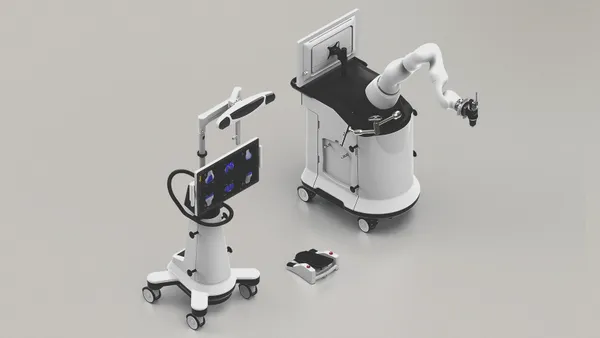Dive Brief:
- AstraZeneca has extended its collaboration with C2i Genomics to validate a cancer test platform across a panel of patient-derived samples.
- C2i has worked with AstraZeneca to evaluate whole-genome minimal residual disease (MRD) testing across solid cancers, generating early evidence that it can detect low levels of circulating tumor DNA (ctDNA).
- The work has encouraged AstraZeneca, which supported C2i through its BeyondBio Innovation Hub, to continue evaluating technology that could improve cancer treatment and support clinical trial recruitment and monitoring.
Dive Insight:
Surgery and some medicines can seemingly eradicate tumors but actually leave small amounts of cancer cells in the body. Those cells are undetectable with imaging and existing blood-based tests, making it hard for physicians to know if additional treatment is needed to reduce the risk of relapse. Some patients will receive chemotherapy and radiotherapy after surgical resection because of the uncertainty. Others may come off treatment prematurely because the residual disease goes undetected.
C2i sees whole-genome sequencing and artificial intelligence as the solution to those problems. Using the technologies, the startup wants to create cancer assays to detect MRD. The work may eliminate the need to develop a patient-specific assay and thereby simplify and accelerate monitoring for residual cancer cells in patients with solid tumors.
So far, C2i has applied its assay to artificially generated samples that contain the range of ctDNA levels typically found in tumors. The early tests suggest the assay can detect ctDNA down to 0.002% allelic frequency, below the level achieved by existing blood tests such as the FoundationOne Liquid CDx.
The next step is to show that early promise holds up to more rigorous testing. AstraZeneca plans to test the assay platform across a panel of patient-derived samples using its in-house sequencing capabilities. If successful, the project could yield a new, potentially more sensitive way to tell whether a patient needs further treatment.













